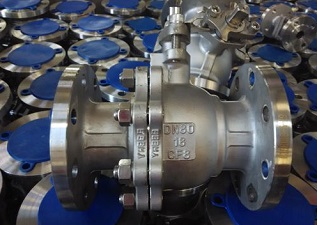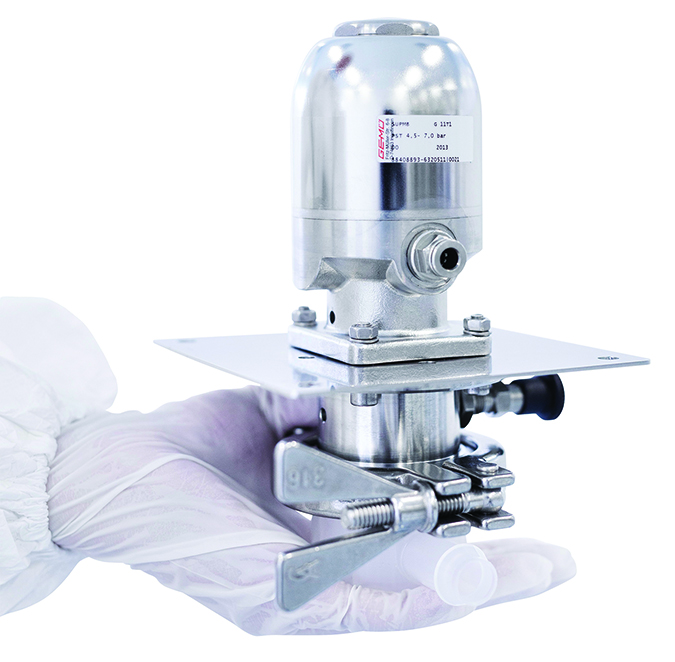The Clean Production of Sanitary Diaphragm Valves

What is Sanitary Diaphragm Valves?
The sanitary diaphragm valve is one of the important pieces of equipment in the pharmaceutical industry. It is a special form of truncation valve, and its opening and closing parts are made of soft materials, which can separate the inner cavity of the valve body from the inner cavity of the cover.
Regulations and instructions on sanitary diaphragm valves
There are many regulations and instructions on sanitary diaphragm valves in the world. For example, the FDA even explicitly specifies the use of sanitary diaphragm valves to ensure good cleanliness in sterile applications. In terms of the EU standards, sanitary diaphragm valves are required to avoid cross-contamination and facilitate equipment cleaning. Therefore, sanitary valves can be used for easy cleaning, easy disinfection, self-emptying, and cavity filling applications.
Sanitary diaphragm valve in the pharmaceutical technology
Besides the sanitary diaphragm valve product itself needs to meet the corresponding requirements and standards, the corresponding regulations shall also be complied with when producing, storing, and distributing pharmaceutical quality water or ultra-pure steam. In order to ensure the stability and reliability of product quality, components of pharmaceutical water equipment also have corresponding quality requirements. Therefore, all kinds of sanitary diaphragm valves need to be designed and developed in combination with the corresponding pharmaceutical technology.
Taking the sealing of a sanitary diaphragm valve as an example, the sealing system of a sanitary diaphragm valve will directly affect the purity of the product. Valves in conventional sealing systems are sealed by the sealing profile on the diaphragm, but generally, the body itself has no additional sealing profile. A ring gap is formed on the sealing surface since the diaphragm is bolted to the actuator, then the media infiltrates through the closing action and is discharged when the valve is opened, causing contamination.
According to the above situation, some valve enterprises have developed special sealing methods. Both the body and the diaphragm are known to have a hermetically sealed profile, which reduces the annular clearance when the diaphragm squeezes against the body, so as to prevent the media from entering and significantly reduces the pump effect.
How do sanitary diaphragm valves work?
Although sanitary diaphragm valves are widely used in the pharmaceutical industry, customers need to pay attention to a few things when operating equipment. For example, the diaphragm valve opening network system should not be changed at will. After installation and testing conditions are met, all diaphragm valves should be debugged and adjusted using special intelligent instruments, and each valve opening degree should be locked to achieve hydraulic condition balance in the pipe network. During the normal operation of the pipe network system, do not change the opening of the diaphragm valve at will, especially do not change the opening locking device.
Besides that, do not install sanitary cut-off valves. When repairing a certain ring road, the sanitary diaphragm valve on the ring road can be closed. At this time, the sanitary diaphragm valve acts as the sanitary cut-off valve to cut off the water flow. Therefore, if a sanitary diaphragm valve is installed, there is no need to install a sanitary cut-off valve.
Pharmaceutical water has strict requirements on cleanliness, and sanitary diaphragm valves, as equipment in direct contact with the media, should comply with relevant regulations to ensure the purity of the media. In addition, relevant enterprises need to combine the pharmaceutical water technology to develop equipment in line with the actual conditions of the industry, so as to facilitate the clean production of the pharmaceutical industry.





